Planning a trip to southern Italy? You might be torn between two stunning coastal regions: Puglia and the Amalfi Coast. Both offer breathtaking views, rich history, and amazing food, but they offer quite different experiences. Puglia is more laid-back and budget-friendly, while the Amalfi Coast is glamorous and pricier.
Puglia, the “heel” of Italy’s boot, boasts long stretches of sandy beaches, charming whitewashed towns, and ancient olive groves. It’s perfect for travelers who want to escape the crowds and enjoy a more authentic Italian experience.
The Amalfi Coast, on the other hand, is a string of cliffside towns with colorful houses, luxury hotels, and world-famous beaches. It’s ideal for those seeking a mix of relaxation and sophisticated nightlife.
Both places have their unique charm. Puglia offers better value for money, with cheaper hotels and restaurants.
The Amalfi Coast is more expensive but provides unmatched views and a touch of celebrity glamour. Your choice depends on what kind of Italian adventure you’re after.
Key Takeaways
- Puglia is more affordable and less crowded than the Amalfi Coast
- The Amalfi Coast offers stunning coastal views and a glamorous atmosphere
- Both regions boast delicious cuisine, beautiful beaches, and rich cultural heritage
Geographic Overview and Accessibility
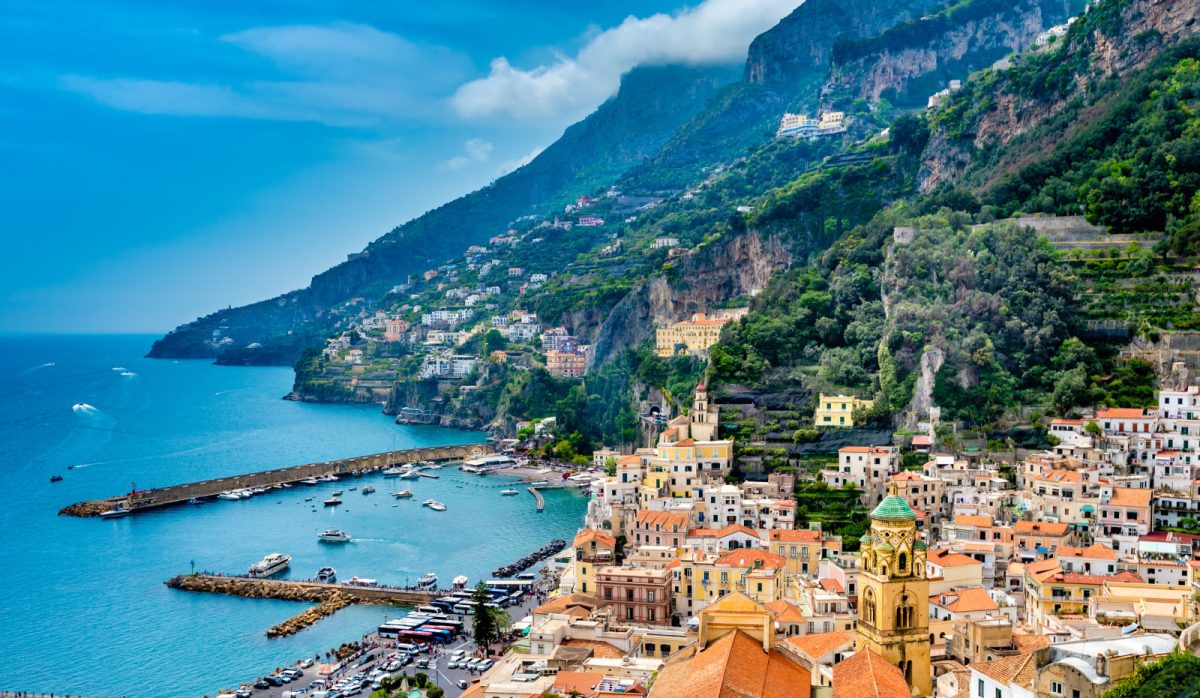
Puglia and the Amalfi Coast offer distinct geographic features and accessibility options for travelers. Each region has its charms and challenges when it comes to getting there and getting around.
Location and Proximity to Major Cities
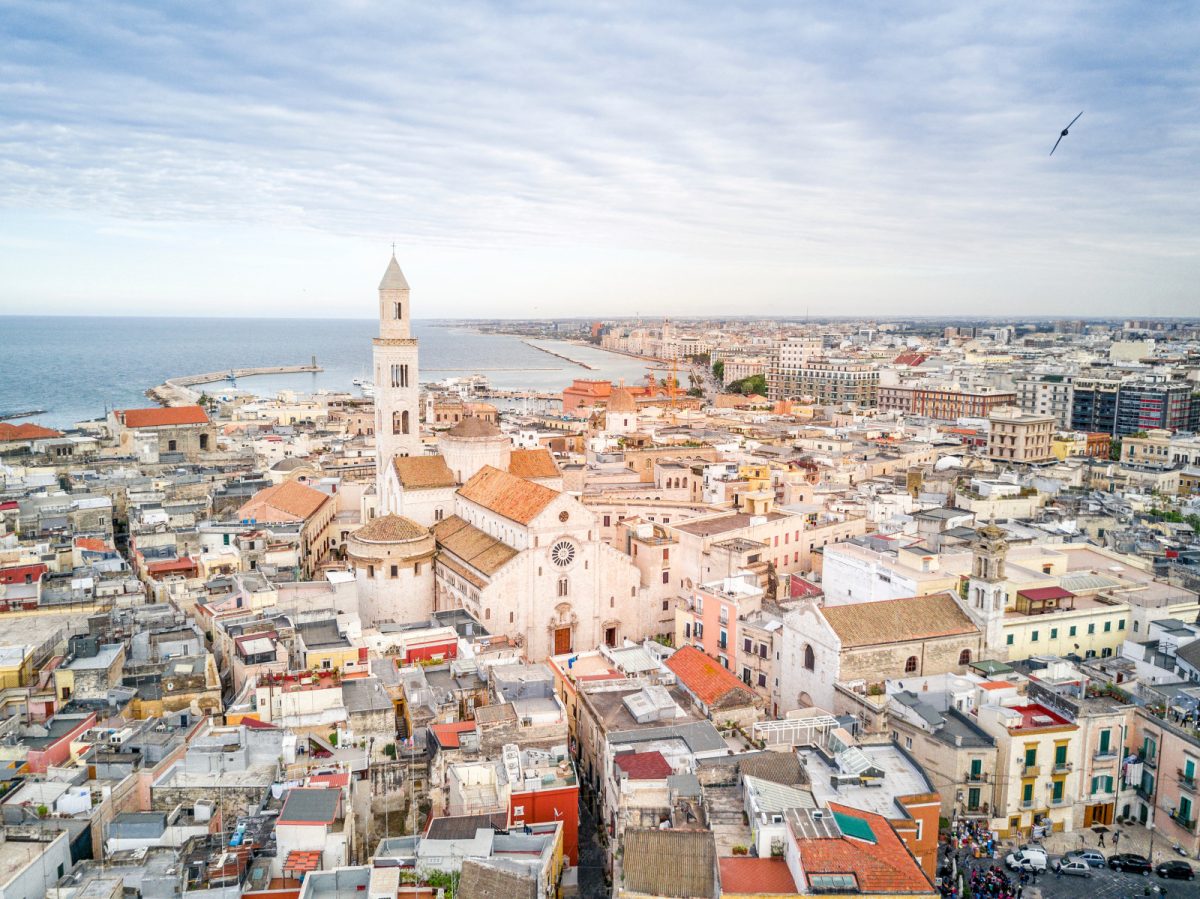
Puglia sits in the heel of Italy’s boot, stretching along the Adriatic and Ionian coasts. It’s a bit off the beaten path compared to the Amalfi Coast. Bari, Puglia’s capital, is about a 4-hour train ride from Rome.
The Amalfi Coast hugs the southern edge of the Sorrentine Peninsula in Campania, which is much closer to major tourist hubs. Naples is just an hour away by car or train. Day trips to Pompeii and Herculaneum are easy from here.
Puglia feels more spread out, with towns scattered across the region. The Amalfi Coast packs much into a smaller area, with picturesque villages on cliffs above the sea.
Transportation Options and Accessibility
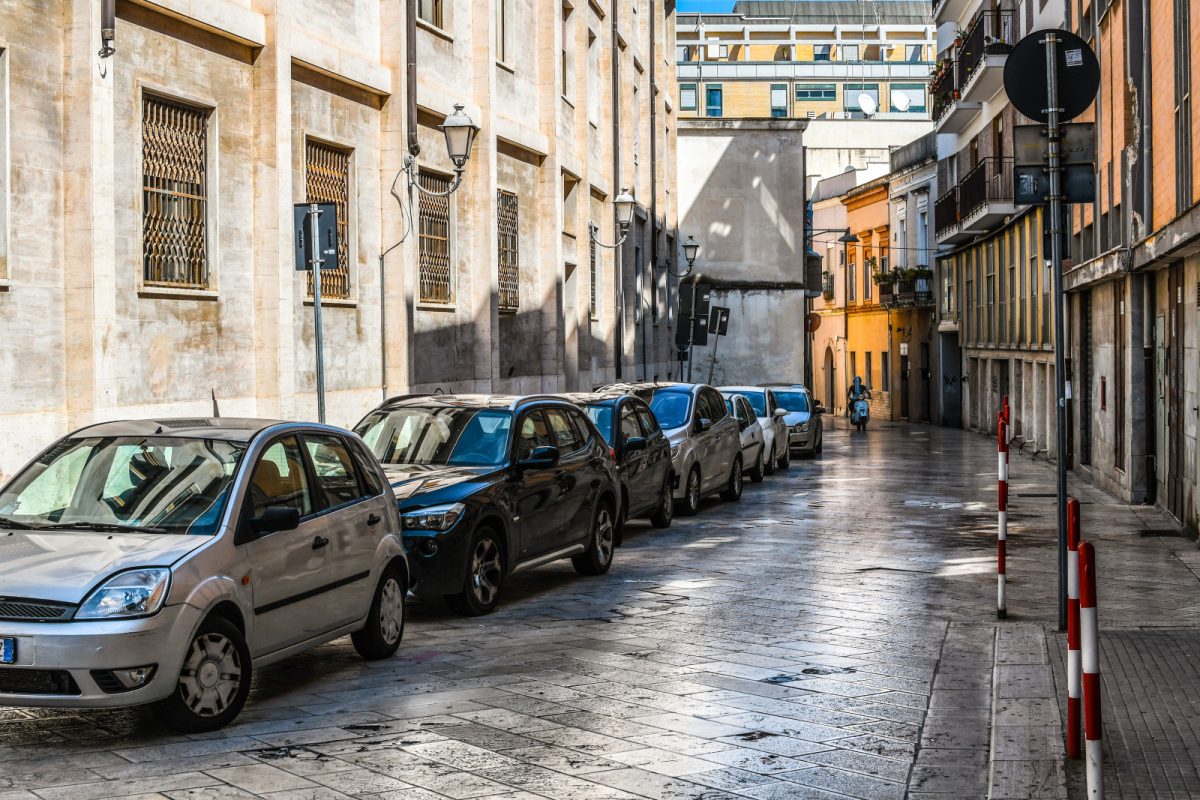
Getting around Puglia is easier by car. The roads are wider and less crowded than the Amalfi Coast’s infamous narrow, winding routes. Renting a car allows you to explore Puglia’s countryside and coastal towns at your own pace.
Public transport in Puglia can be unpredictable. Trains connect major cities, but buses to smaller towns can be infrequent.
The Amalfi Coast has better public transportation options. SITA buses run frequently between towns, though they can get crowded in peak season. Ferries offer a scenic way to hop between coastal villages from April to October.
Driving on the Amalfi Coast can be stressful, with tight turns and limited parking. Many visitors prefer to leave the driving to the locals and use buses or hire private transfers.
Airport Connectivity and Transfers
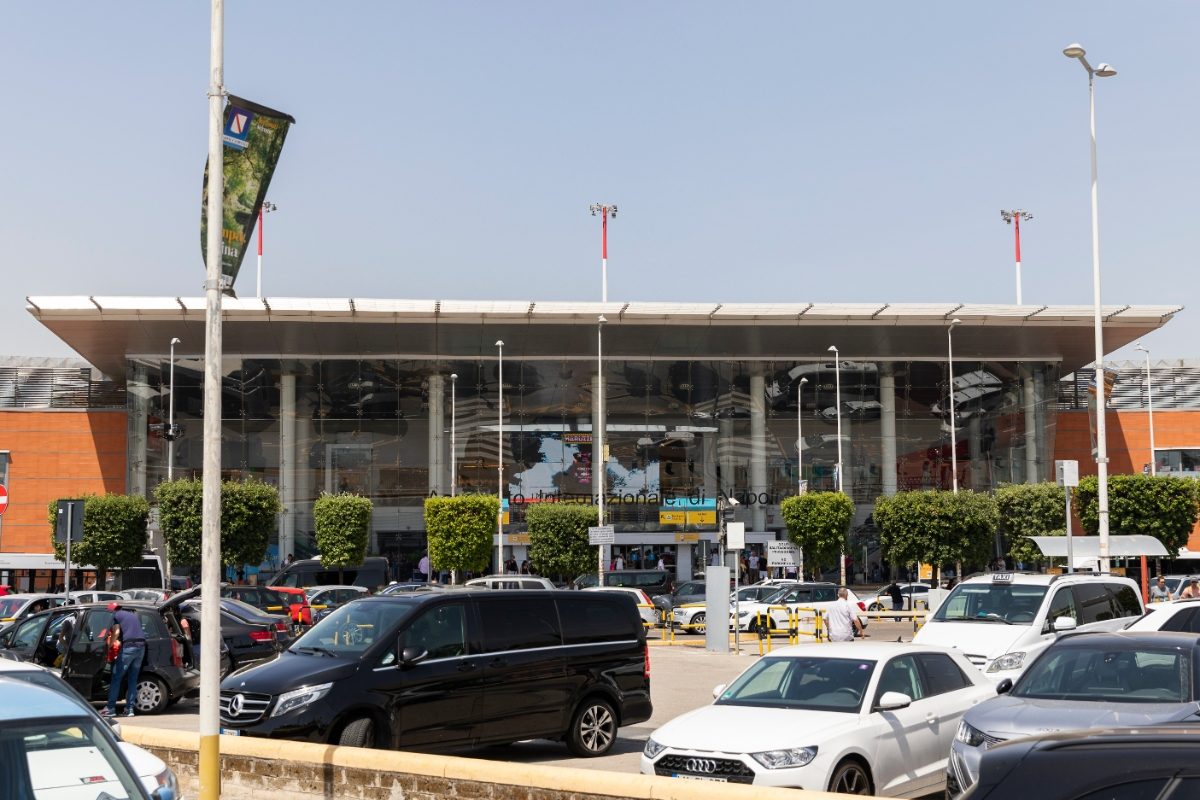
Puglia has two main airports: Bari and Brindisi. Both have direct flights from major European cities, making Puglia more accessible than it used to be. You can rent a car from the airport or take a bus or train to your final destination.
The closest airport to the Amalfi Coast is Naples International. From there, you have a few options. The cheapest is to take a bus to Sorrento, then switch to a SITA bus for the coastal route. A private transfer will set you back about €100-120 but saves hassle.
Ferries from Naples to Positano or Amalfi are a scenic alternative in the summer months. They cost around €20-30 and take about two hours.
Accommodation and Staying Options
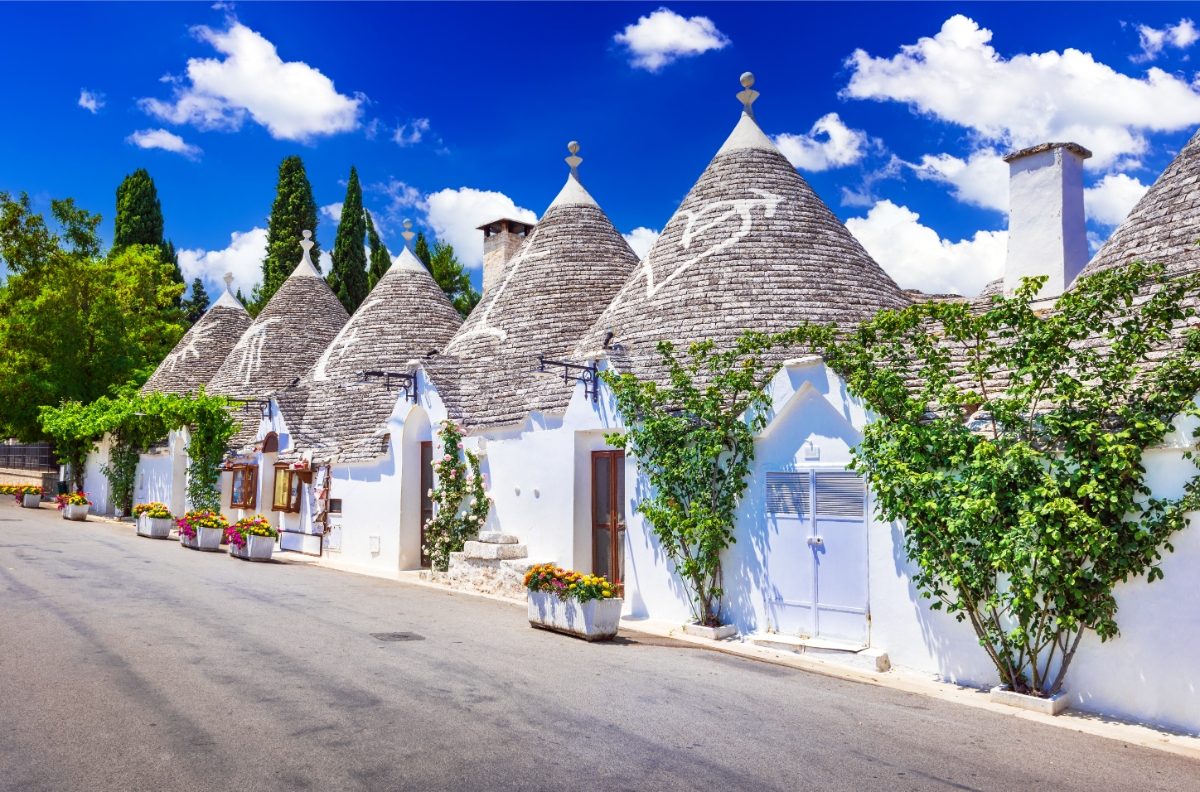
Puglia and the Amalfi Coast offer diverse lodging choices for various tastes and budgets. From opulent resorts to quaint local stays, both regions provide unique experiences for travelers.
Luxury and All-Inclusive Resorts
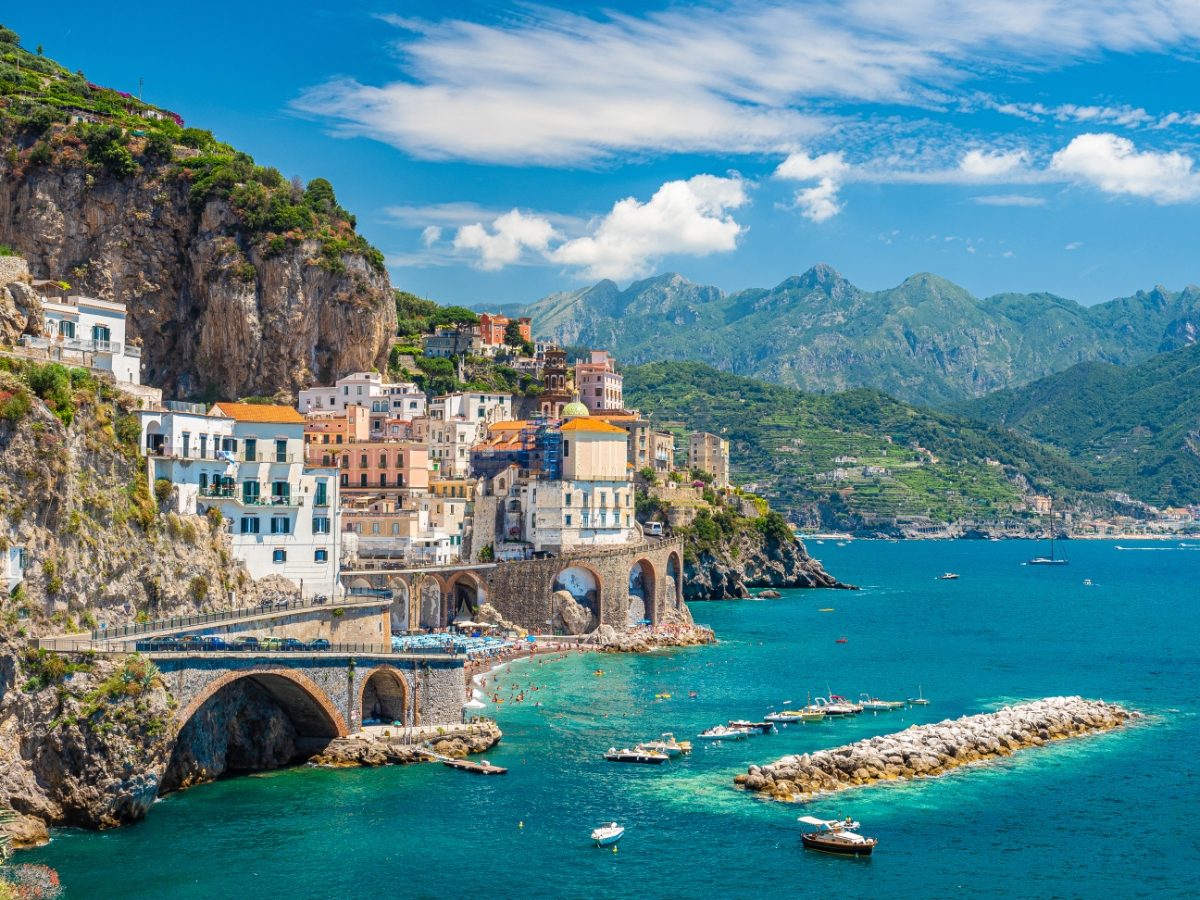
The Amalfi Coast is famous for its high-end hotels on cliffsides with stunning sea views. Many offer all-inclusive packages with gourmet dining and spa treatments. Prices for luxury rooms can be steep, often at €500 per night.
Puglia has fewer ultra-luxe options but is catching up. Some coastal resorts rival their Amalfi counterparts, with around €300-400 nightly rates. These often feature private beaches, pools, and top-notch restaurants.
Both areas see peak prices in July and August. Booking early is crucial, especially for Amalfi’s limited luxury spots.
Traditional Accommodations and Masserie
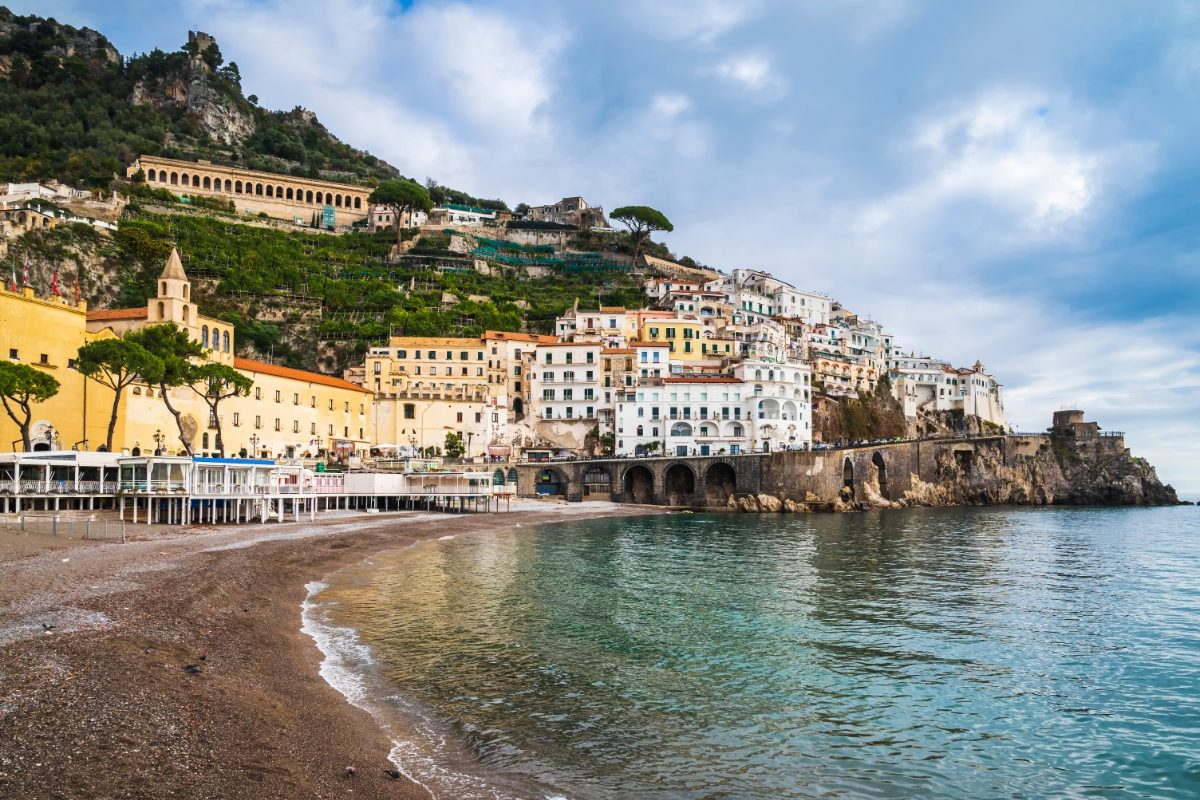
Italy’s charm shines through its traditional lodgings. Puglia’s Masserie—converted farmhouses—offers a unique stay. These rustic-chic properties typically cost €100-200 per night and often include homemade breakfasts.
Amalfi has charming B&Bs and guesthouses in historic buildings. Prices vary widely, but expect to pay €150-300 for a decent room with a view.
Both regions have vacation rentals. Puglia’s selection includes trulli, cone-roofed houses typical of the area.
Best Places to Stay for Travelers
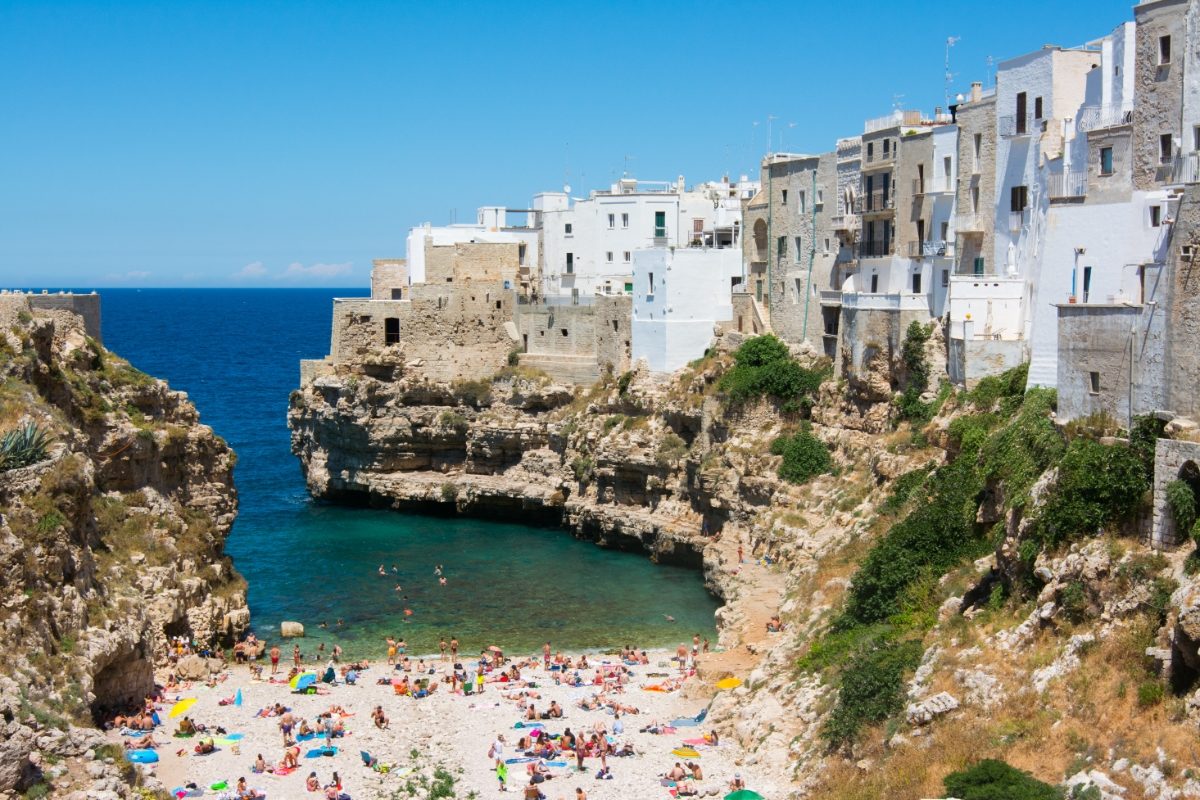
In Puglia, Polignano a Mare and Ostuni are popular bases. They offer a mix of beaches and culture. Alberobello, with its iconic trulli, is perfect for a unique stay.
On the Amalfi Coast, Positano and Amalfi towns are the most sought-after. They’re pricey but central. Budget-conscious travelers might prefer Atrani or Maiori.
For a quieter experience, try Puglia’s inland towns like Locorotondo. On the Amalfi side, consider Ravello for its hilltop tranquility.
Both regions get crowded in summer. Spring and fall offer better deals and fewer tourists.
See Related: Sustainable Travel in Italy: Eco-Friendly Destinations and Tips
Cuisine and Gastronomy
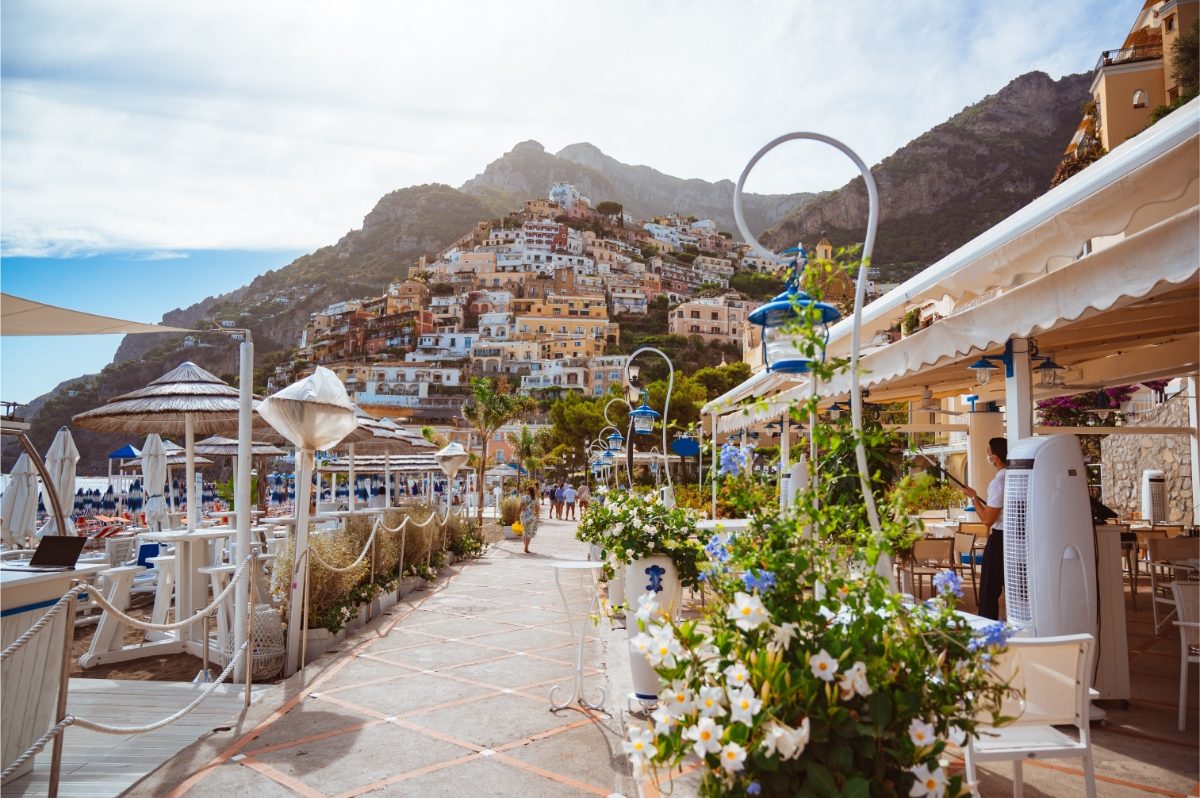
Food is a big part of what makes Italy special. Puglia and the Amalfi Coast offer amazing eats, but they each have unique flavors and dining styles.
Unique Local Foods and Dishes
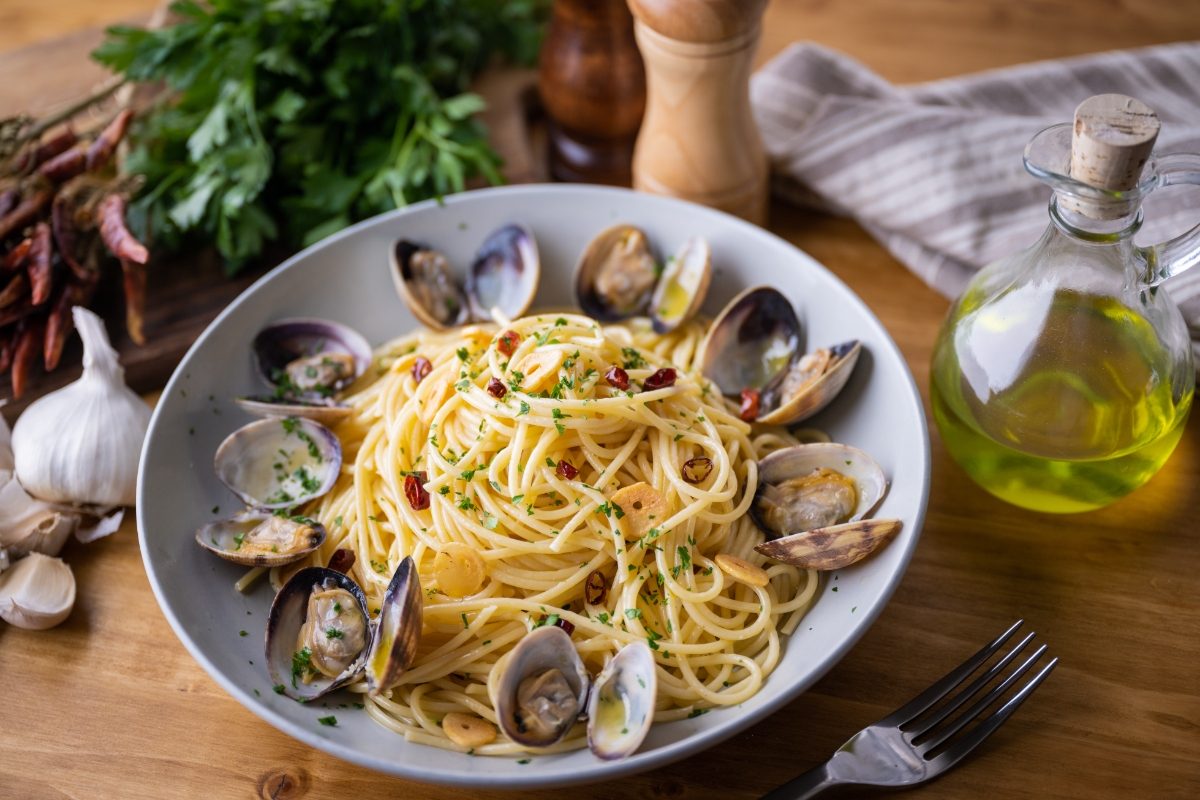
Puglia is famous for orecchiette pasta. These little “ear” shapes catch sauce perfectly.
Locals often pair them with broccoli rabe and anchovies. Another Puglian favorite is burrata cheese, which is creamy and rich. The region also makes great olive oil.
On the Amalfi Coast, lemons are everywhere. You’ll find them in pasta, desserts, and limoncello liqueur. Fresh seafood is a must-try here.
Look for spaghetti alle vongole (with clams) or grilled sea bass. For dessert, don’t miss the local delizia al limone – a lemon cream-filled sponge cake.
Both areas love their veggies. You’ll find lots of eggplant, tomatoes, and peppers in dishes.
Wine and Culinary Tours
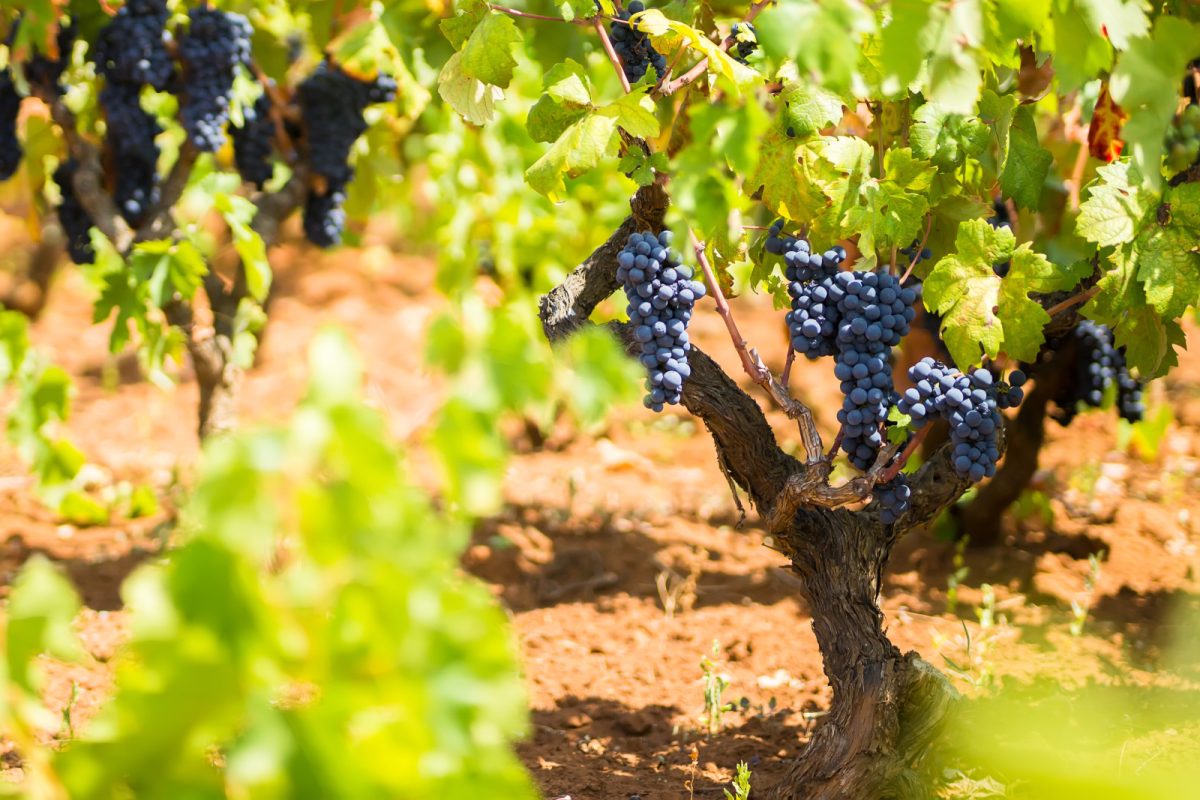
Puglia makes more wine than any other part of Italy. Popular grapes include Primitivo and Negroamaro. Many wineries offer tours and tastings. Prices range from €15-30 per person.
The Amalfi Coast is known for its crisp white wines. Try a glass of Lacryma Christi del Vesuvio with your seafood dinner.
Some hotels offer cooking classes where you can learn to make local dishes. These usually cost around €100-150 per person.
Both regions have great food tours. You can visit markets, farms, and small producers. It’s a fun way to taste many local specialties in one day.
Dining Experiences and Atmosphere
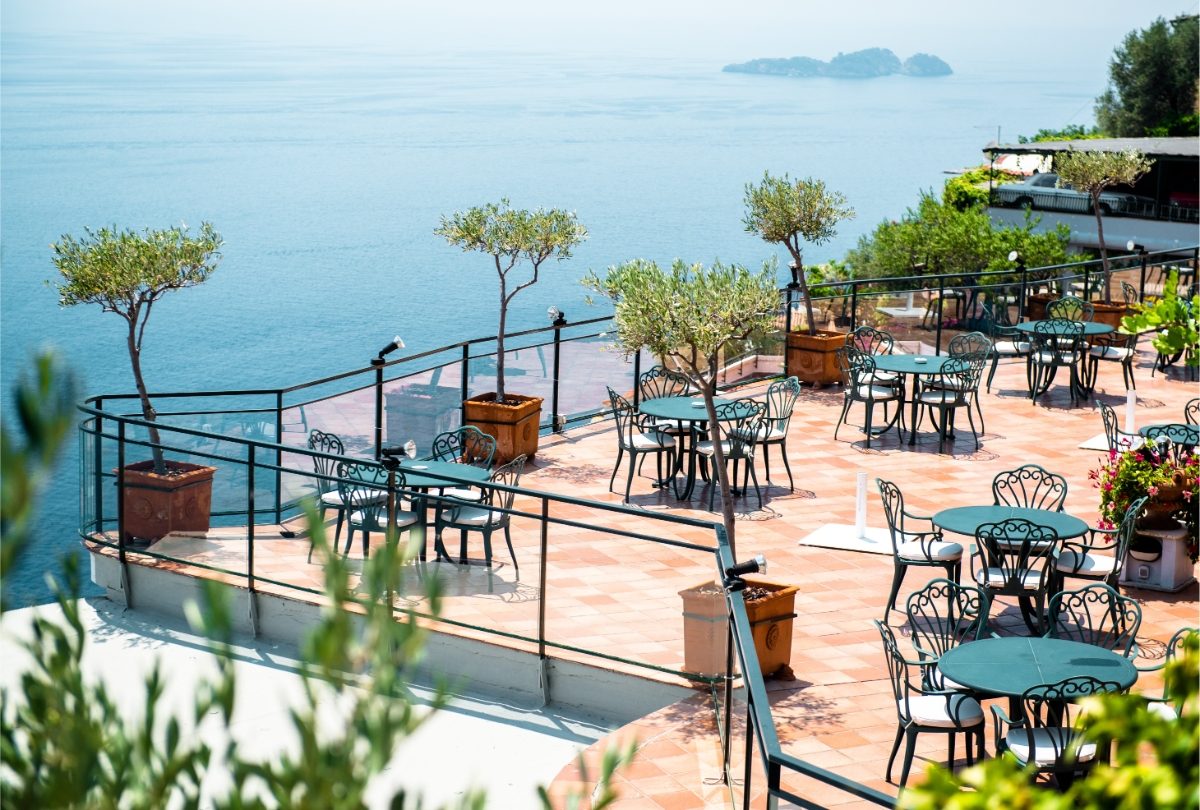
In Puglia, meals are often casual affairs. You might eat at a masseria (farmhouse) surrounded by olive groves.
Many restaurants have outdoor seating with views of the sea, and prices tend to be lower here than on the Amalfi Coast.
Amalfi Coast dining can be quite fancy. Picture clifftop restaurants with amazing views.
Some places require reservations weeks in advance. But you can also find cute little family-run spots in the towns.
Both areas love long, leisurely meals. Expect to spend at least 2 hours at dinner.
It’s all about savoring good food and company. Remember that the bill won’t come in Italy until you request it!
Cultural and Historical Insights

Puglia and the Amalfi Coast offer rich cultural tapestries and deep historical roots. Both regions boast unique architectural wonders, fascinating heritage sites, and vibrant local traditions that capture the essence of Italian life.
Architectural Marvels and Baroque Towns
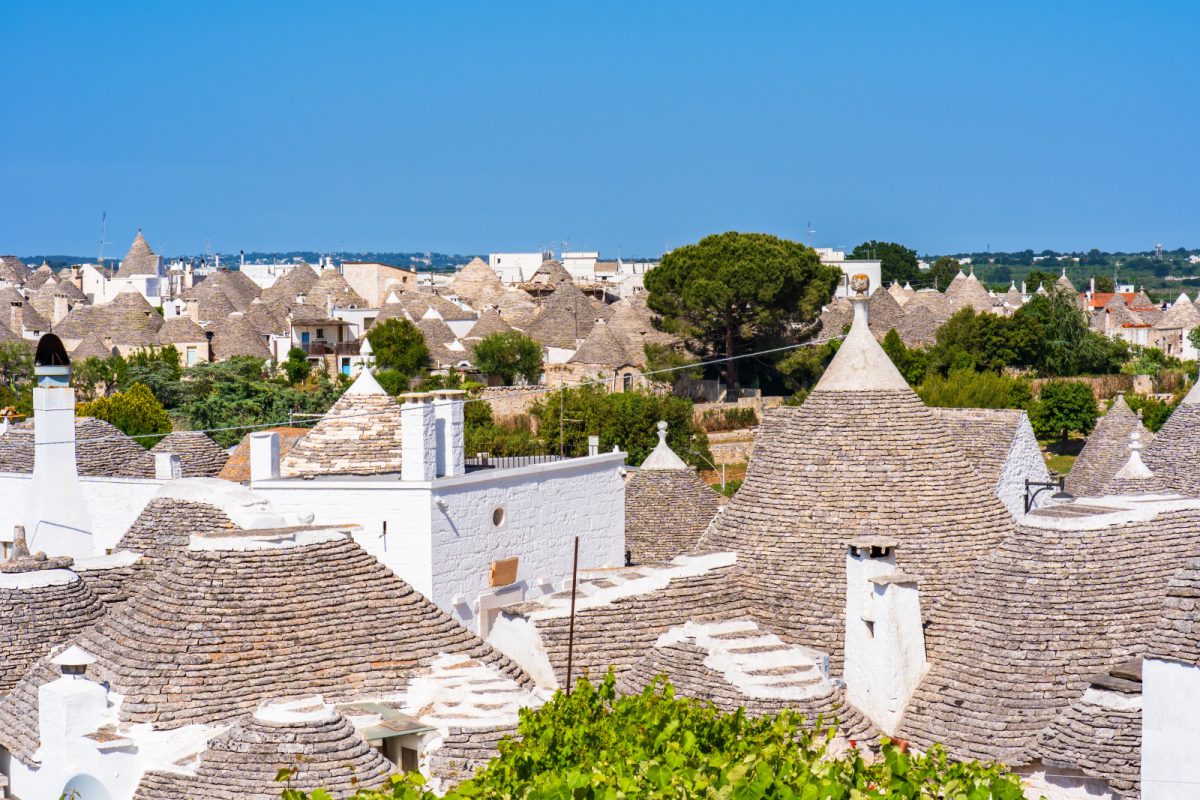
Puglia dazzles with its Baroque splendor, especially in Lecce. Known as the “Florence of the South,” Lecce’s ornate churches and palaces showcase intricate stone carvings.
The iconic trulli of Alberobello, with their conical roofs, transport visitors to a fairytale world. These limestone dwellings are a UNESCO World Heritage site and a must-see.
The Amalfi Coast charms with its pastel-hued towns clinging to cliffs. Ravello’s Villa Rufolo and Villa Cimbrone offer stunning gardens and sea views. The coast’s vertical towns feature winding staircases and hidden piazzas, perfect for explorers.
Puglia’s “White City,” Ostuni dazzles with its whitewashed buildings. It’s a great spot for wandering and soaking up the atmosphere.
Heritage Sites and Museums
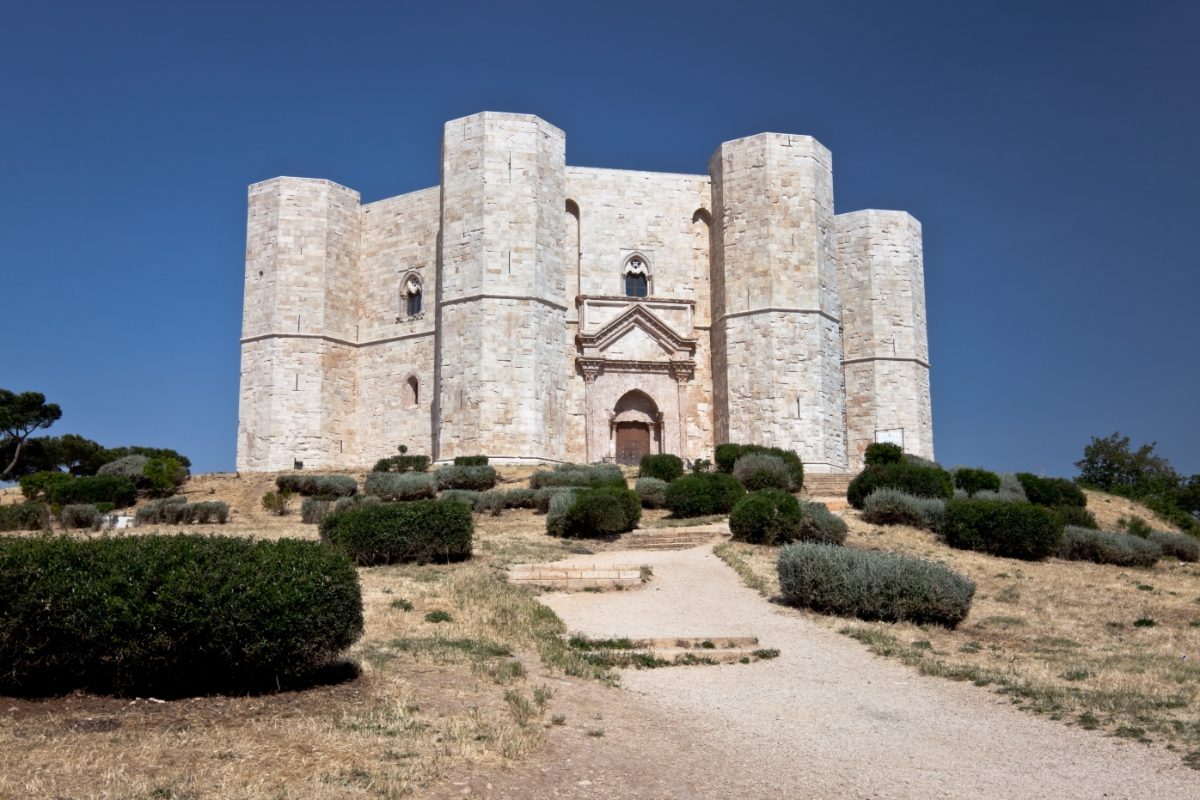
Just outside Puglia, Matera is a cave city with dwellings dating back 9,000 years. Its “sassi” districts are now filled with hip hotels and restaurants. The nearby rock churches house ancient frescoes.
The Amalfi Coast’s Paper Museum in Amalfi town celebrates the area’s papermaking history. For €4, you can see how the famous Amalfi paper is made.
Like Castel del Monte, Puglia’s castles offer glimpses into medieval life. This octagonal fortress is a geometric marvel and another UNESCO site.
Both regions have excellent archaeological museums. Paestum, near the Amalfi Coast, boasts well-preserved Greek temples.
Local Festivities and Customs
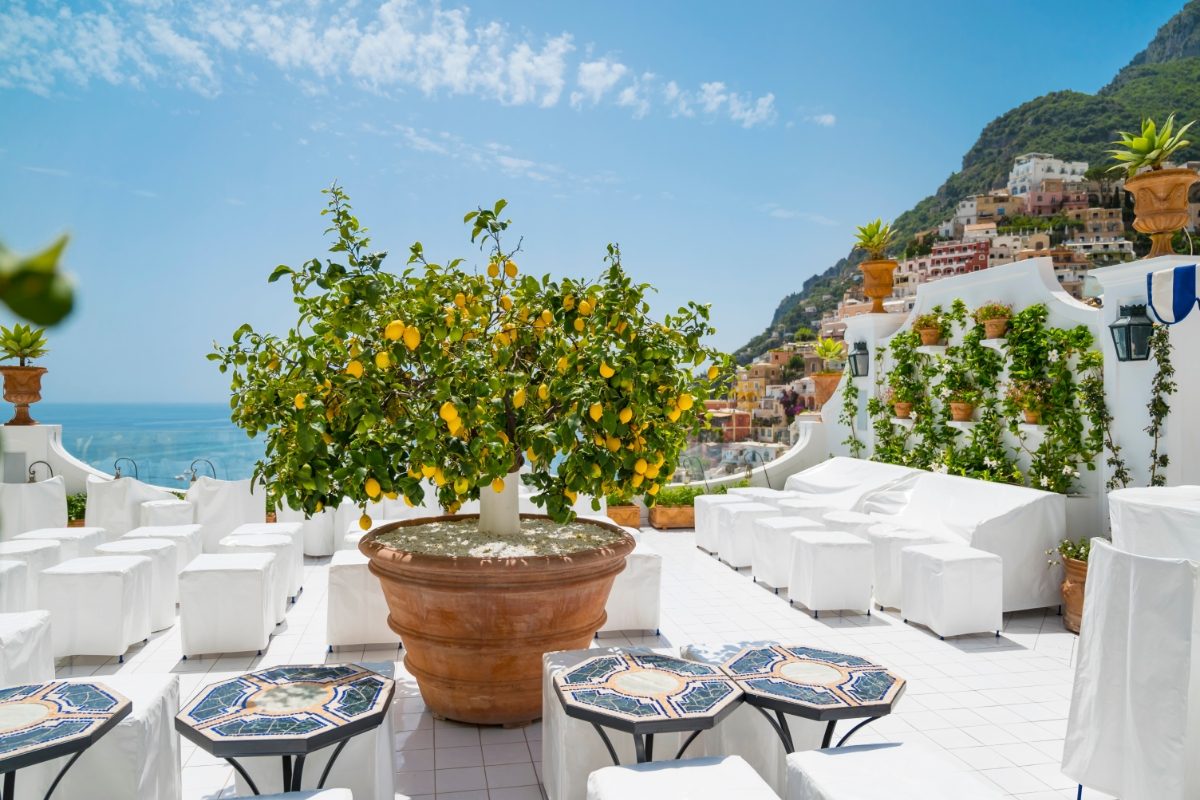
Puglia’s festivals are lively affairs. The Festa di San Nicola in Bari (May 7-9) honors the city’s patron saint with a colorful boat procession. In July, the Festa della Madonna della Bruna in Matera features a papier-mâché float that gets destroyed by excited crowds.
The Amalfi Coast’s lemon-themed festivals celebrate the region’s citrus heritage. Ravello’s summer music festival attracts world-class performers to its stunning outdoor venues.
Food plays a central role in both regions’ cultures. Puglia’s orecchiette pasta-making traditions are passed down through generations, and the Amalfi Coast’s limoncello production is a point of local pride.
Scenic Beauty and Natural Landscapes
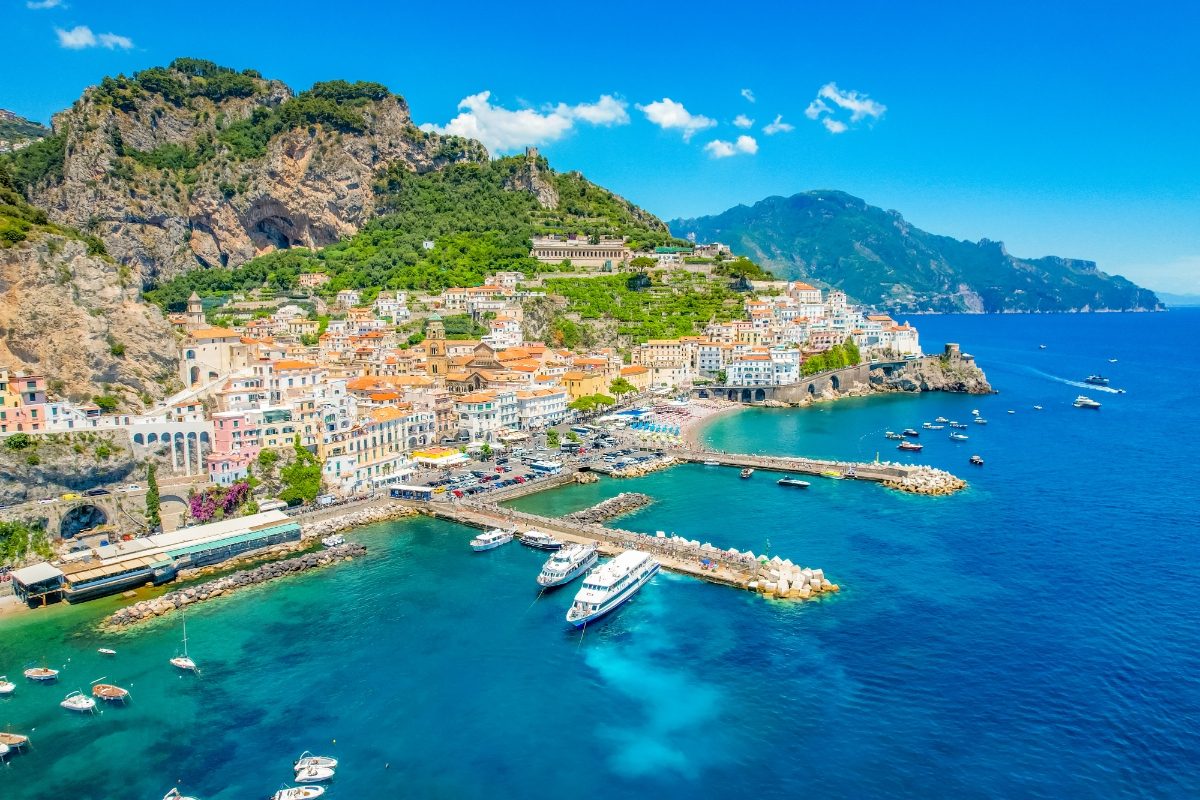
The Amalfi Coast and Puglia offer breathtaking vistas that capture the heart of any visitor. From dramatic cliffs to pristine beaches, these regions showcase Italy’s diverse natural beauty.
Beaches and Coastal Attractions

Amalfi’s coastline is a surprise, with its cliffs plunging into the azure Mediterranean. Positano’s colorful houses cling to the hillside, creating a postcard-perfect scene. The town’s main beach, Spiaggia Grande, gets crowded in summer, but it’s worth a visit for the vibrant atmosphere.
Puglia boasts some of Italy’s best beaches. The sandy shores of Polignano a Mare are a local favorite.
Its clear waters and unique coves carved into limestone cliffs make for an unforgettable swim. Torre dell’Orso in Salento has a wide, golden beach that is perfect for sunbathing.
Boat trips are popular in both regions. In Amalfi, a trip to the island of Capri costs around €20-30. In Puglia, boat tours of the Gargano coast start at €40.
Rural Countryside and Olive Groves
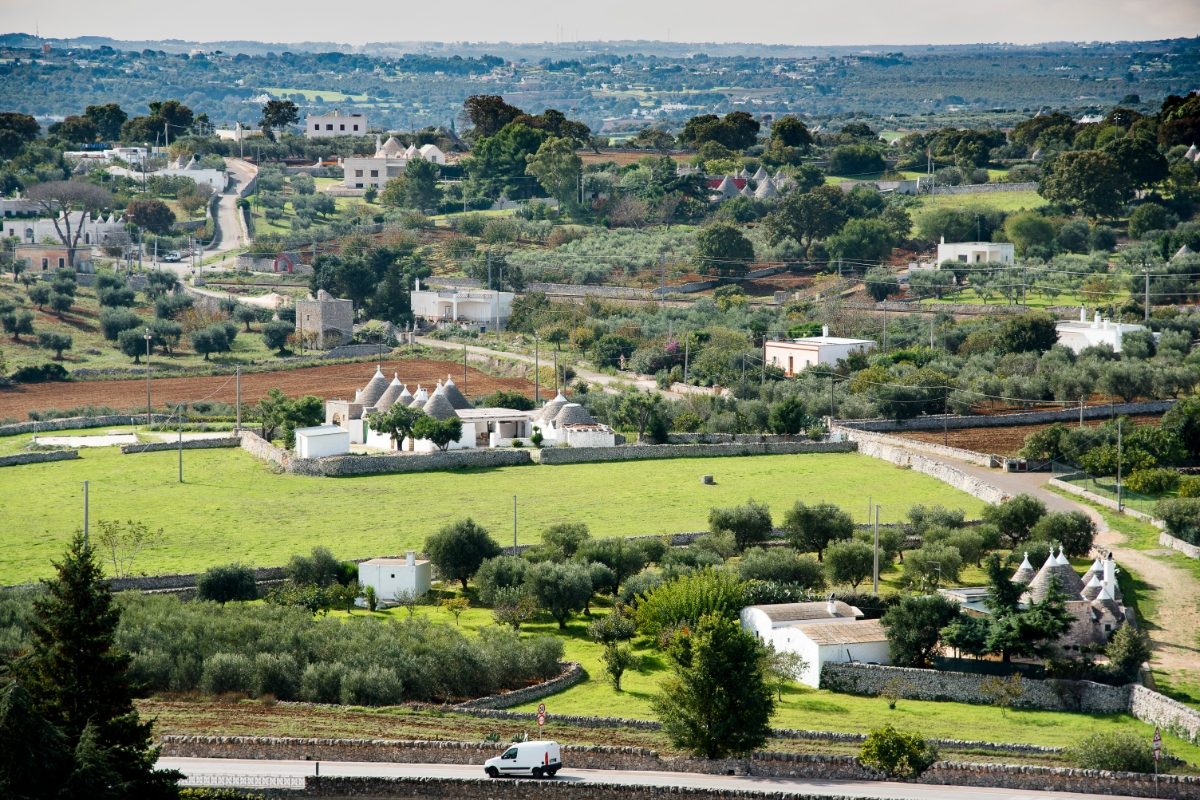
Puglia’s interior is a patchwork of olive groves and vineyards. The region produces 40% of Italy’s olive oil. Driving through the countryside, you’ll see centuries-old olive trees with gnarled trunks – some over 1000 years old!
The Valle d’Itria in central Puglia is famous for its trulli – cone-shaped stone houses. These unique structures dot the landscape, creating a fairytale-like setting.
Amalfi’s terraced lemon groves are iconic. The steep hillsides are covered in neat rows of lemon trees, which produce the giant sfusato amalfitano lemons used to make limoncello.
Stunning Lookouts and Panoramas
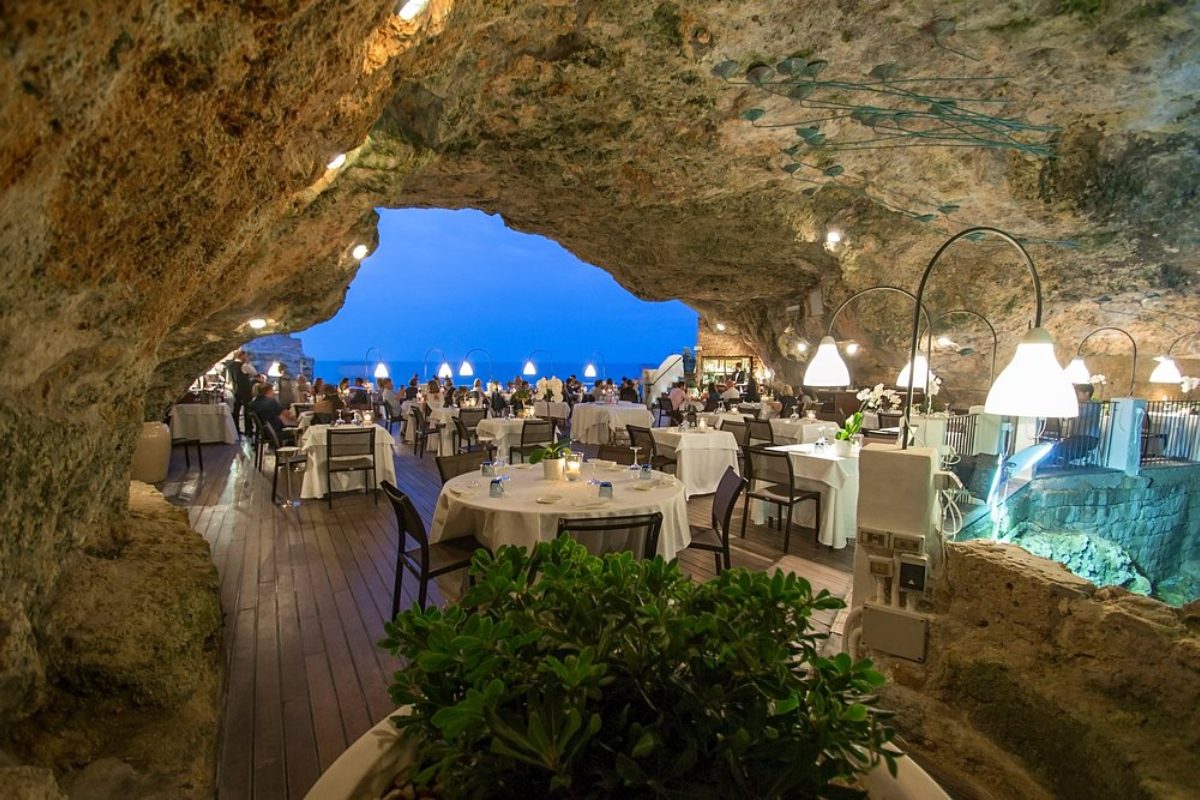
The Amalfi Coast Road offers jaw-dropping views at every turn. One of the best viewpoints is the Terrazza dell’Infinito in Ravello. From here, you can see the entire coastline stretching out before you.
In Puglia, head to the hilltop town of Ostuni for sweeping views of olive groves and the Adriatic Sea. The white-washed buildings of the old town create a striking contrast against the blue sky.
For a unique panorama, visit the Grotta Palazzese in Polignano a Mare. This restaurant in a sea cave offers stunning views – but be prepared to pay around €200 per person for dinner!
See Related: Where to Stay in Italy: Top Unforgettable Destinations for Every Traveler
Local Activities and Experiences
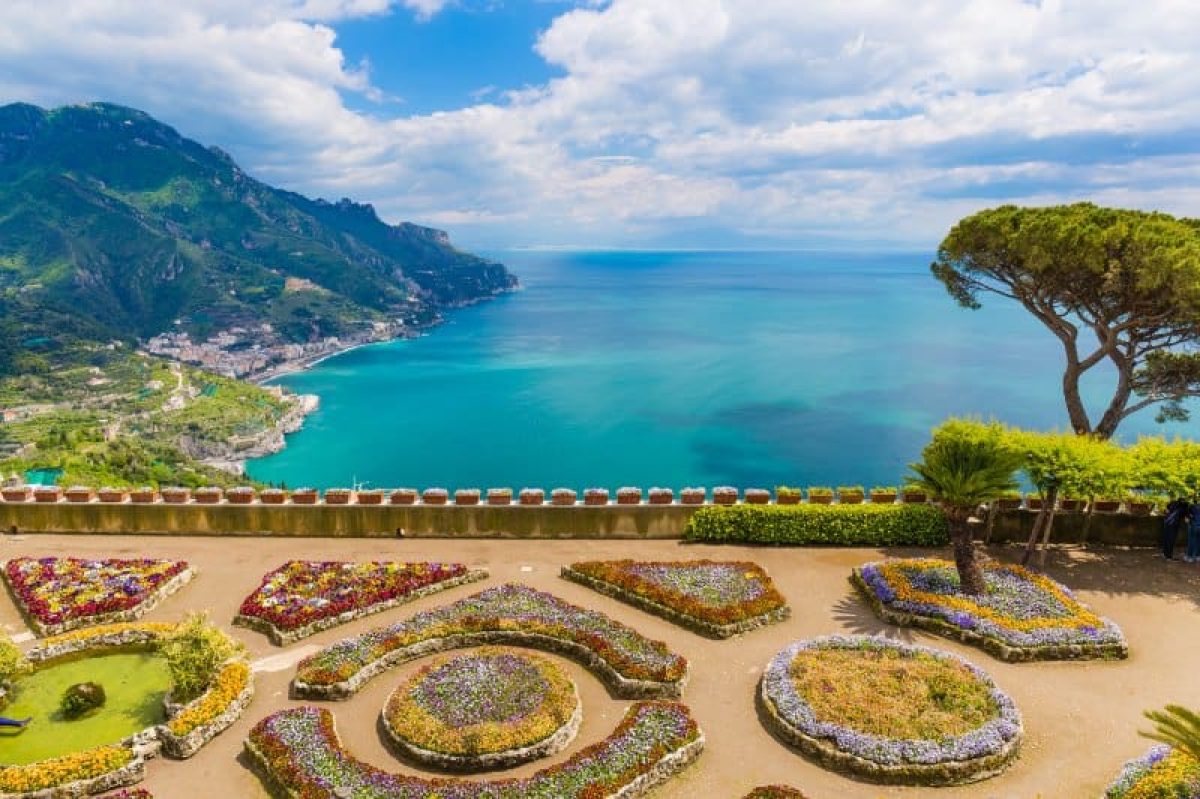
Puglia and the Amalfi Coast offer unique adventures that showcase Italy’s coastal charm. From sailing azure waters to exploring vibrant markets, each region provides unforgettable experiences for travelers.
Boat Trips and Maritime Tours

The Amalfi Coast shines with its maritime offerings. Rent a small boat or join a guided tour to explore hidden coves and secluded beaches. Capri’s Blue Grotto is a must-see natural wonder. Prices start at around €80 for a half-day excursion.
Puglia’s coastline is equally impressive. Sail from Otranto to discover sea caves and pristine beaches. The Grotta della Poesia, a natural pool near Roca, is perfect for a refreshing dip. Boat trips often include stops for snorkeling or swimming.
Summer is the busiest time, so book early. Spring and fall offer milder weather and fewer crowds, making for a more relaxed experience on the water.
Local Markets and Shopping
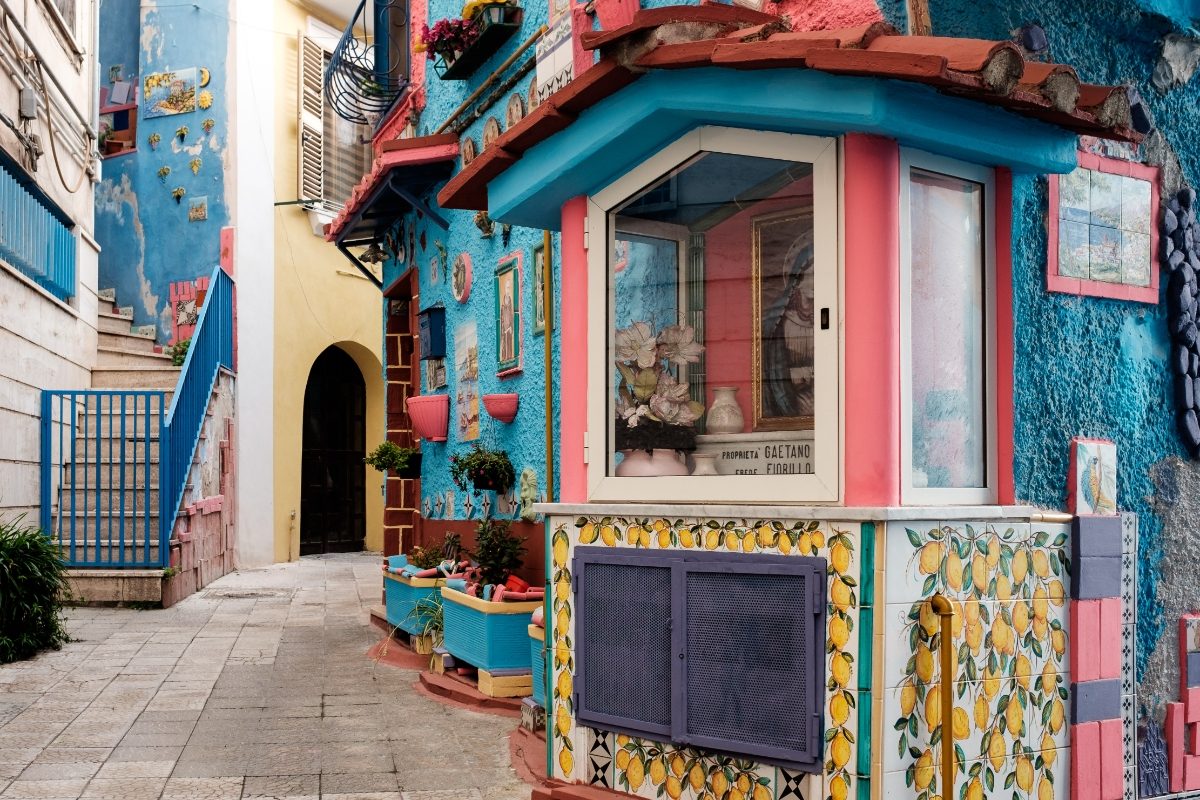
Both regions boast lively markets brimming with local flavors. In Amalfi, the weekly market fills the Piazza dei Dogi with fresh produce, cheeses, and handmade goods. It’s a feast for the senses and a great spot to pick up picnic supplies.
Puglia’s markets are a food lover’s paradise. The fish market in Gallipoli is a spectacle, with fishermen selling the day’s catch right off their boats. Lecce’s Mercato di Porta Rudiae offers a wide array of local specialties, from taralli to olive oil.
Ceramics are popular in both regions for artisanal souvenirs. Vietri sul Mare on the Amalfi Coast is famous for its colorful pottery. In Puglia, seek out traditional papier-mâché crafts in Lecce.
Outdoor Adventures and Itineraries

The Amalfi Coast’s dramatic landscape is perfect for hiking enthusiasts. The Path of the Gods offers breathtaking views of the coastline. It’s a challenging 3-hour trek, so pack water and sturdy shoes.
Puglia’s flatter terrain is ideal for cycling. Rent a bike and pedal through olive groves and charming villages. The Ciclovia dell’Acquedotto Pugliese is a scenic route that follows an old aqueduct.
Both regions are a paradise for beach lovers. The Amalfi Coast’s pebble beaches are beautiful but can get crowded.
Try Erchie for a quieter spot. Puglia boasts long stretches of sandy beaches. Torre dell’Orso is a local favorite with crystal-clear waters.
For a unique experience, join a cooking class to learn traditional recipes. It’s a delicious way to connect with local culture and bring a taste of Italy home.
Travel Considerations and Tips
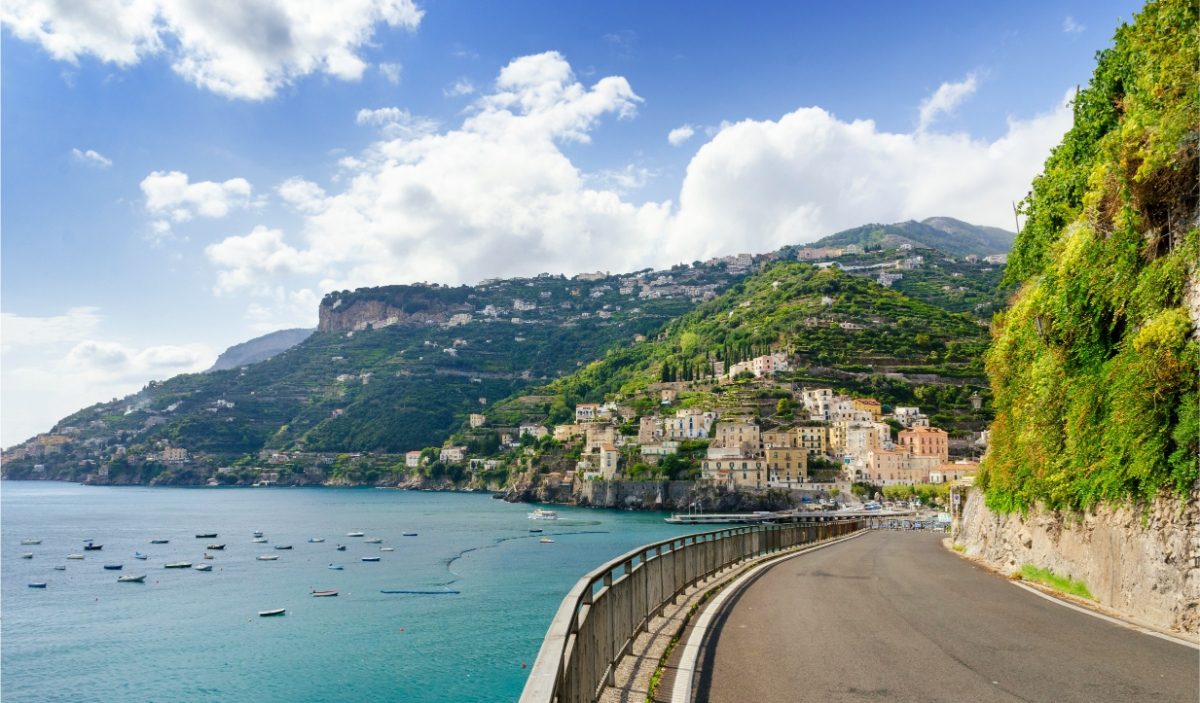
Planning a trip to Puglia or the Amalfi Coast requires careful thought. Each region has its unique rhythm and quirks that visitors should remember. Let’s explore key travel considerations to help you make the most of your Italian adventure.
Best Times to Visit and Seasonal Info

The best time to visit Puglia and the Amalfi Coast is during the shoulder seasons, which run from April to mid-June and September to October. These seasons offer mild weather and fewer crowds.
Summer (July-August) brings scorching heat and crowds of tourists, especially on the Amalfi Coast. Prices skyrocket, and popular spots get packed. Puglia stays a bit quieter but still gets busy.
Winter can be chilly and wet in both regions. Many coastal towns on the Amalfi Coast practically shut down from November to March. Puglia remains more active year-round, though some seaside resorts close up shop.
Budget Planning and Expense Guide

The Amalfi Coast is notoriously pricey, especially in high season. Expect to shell out €200-€500 per night for decent hotels in towns like Positano. Meals at nice restaurants often run €50-€100 per person.
Puglia offers better overall value. Mid-range hotels in charming towns like Ostuni or Lecce cost €80-€150 nightly, and delicious local meals can be had for €20-€40 per person.
Transportation costs vary widely. Car rentals run about €40-€80 per day in both regions. The Amalfi Coast’s SITA buses are cheap but often jam-packed. Puglia’s trains are affordable but don’t reach everywhere.
Navigating and Getting Around
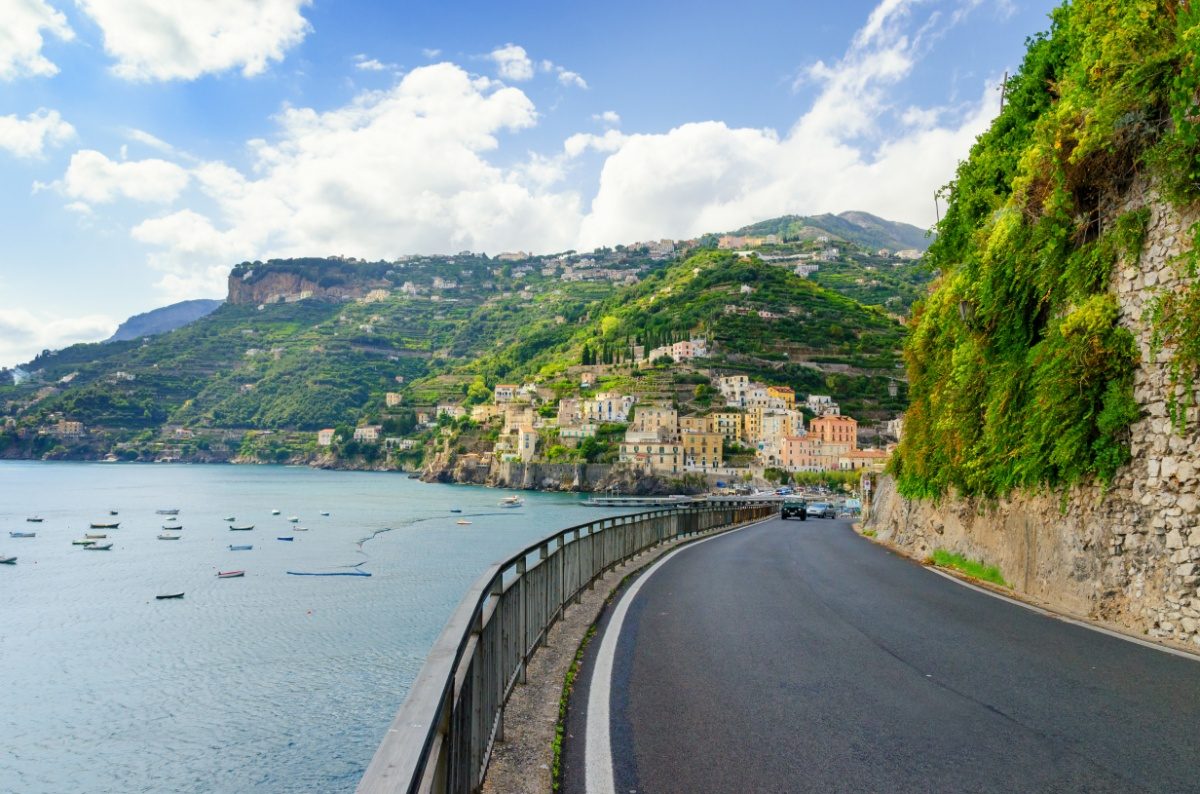
Getting around the Amalfi Coast can be tricky. The main coastal road is narrow and often congested. Many visitors opt for public buses or splurge on private drivers (€300+ per day).
Ferries connect major towns like Positano, Amalfi, and Capri in summer. They’re scenic but pricey (€20-€30 one-way). Walking between villages is possible on ancient paths, but it’s steep.
Puglia is more spread out, making a rental car ideal for exploring. The roads are generally good, though watch for potholes on rural routes. Trains connect major cities, but buses are needed for smaller towns.
Bike rentals are popular in flatter parts of Puglia, and e-bikes help tackle hillier areas. The Ferrovie Appulo Lucane train offers a charming (if slow) way to reach inland villages.
See Related: Where to Stay in Italy with Kids: Top Family-Friendly Destinations for Unforgettable Memories
Frequently Asked Questions
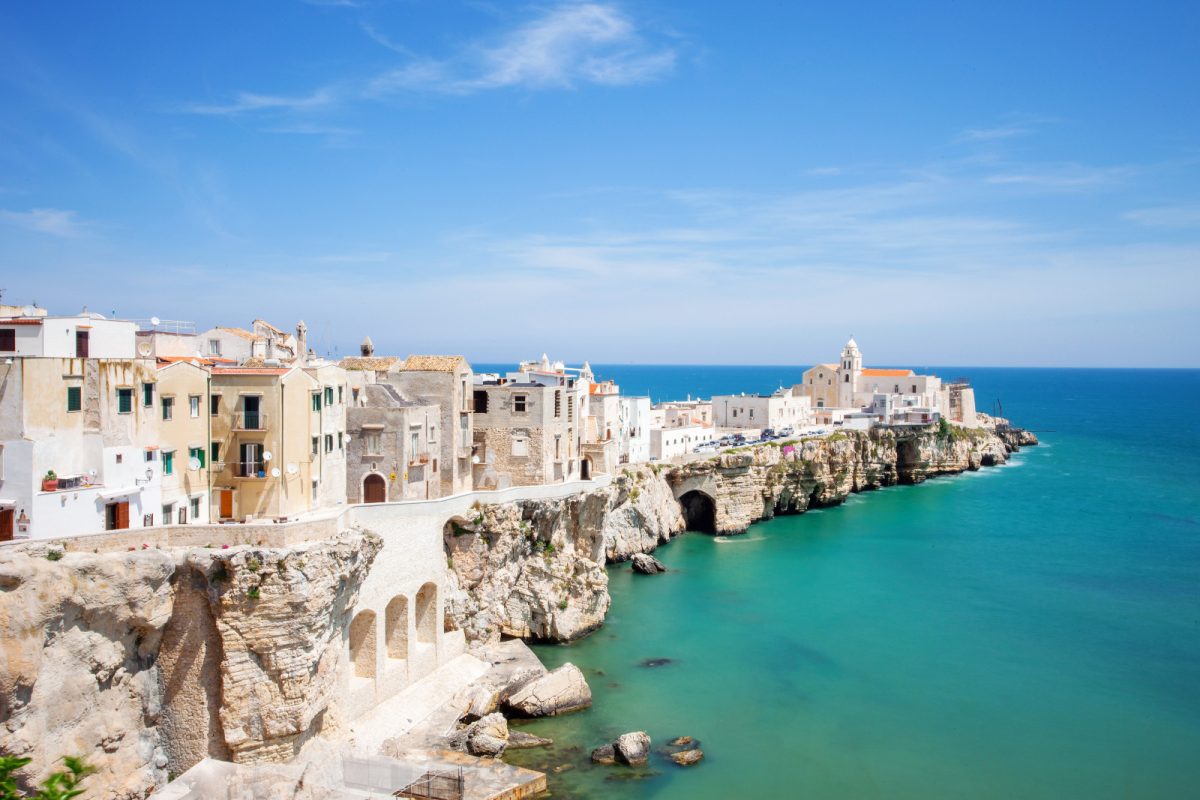
Choosing between Puglia and the Amalfi Coast can be tricky. Both offer unique experiences, but they differ in key ways. Let’s explore some common questions to help you decide.
What are the main differences between the experiences of visiting the Amalfi Coast and Puglia?
The Amalfi Coast is all about dramatic cliffs and stunning sea views. It also features picturesque towns clinging to hillsides.
Puglia, on the other hand, is flatter and has long stretches of sandy beaches. It’s less crowded and more laid-back.
Amalfi is glitzy and glamorous. It’s where the rich and famous go to see and be seen. Puglia is more down-to-earth. It’s where Italians themselves often vacation.
How do travel logistics compare when choosing between a trip to the Amalfi Coast and one to Puglia?
Getting around the Amalfi Coast can be a bit of a challenge. The roads are narrow and winding.
Parking is scarce and expensive. Many visitors rely on boats or buses to hop between towns.
Puglia is much easier to navigate. The roads are wider and less crowded.
Renting a car is a great option here. It lets you explore charming villages and olive groves at your own pace.
What unique attractions can I expect to find in Puglia that differ from the Amalfi Coast?
Puglia is home to the trulli – cone-shaped stone houses in Alberobello. These quirky buildings are a UNESCO World Heritage site. You won’t find anything like them on the Amalfi Coast.
Puglia also boasts ancient olive groves and vineyards. Wine lovers can tour local wineries and taste Primitivo, the region’s famous red. The Amalfi Coast is better known for its limoncello.
Can you offer insights on the culinary experiences in Puglia versus the Amalfi Coast?
Puglia’s cuisine is rustic and hearty. Think orecchiette pasta with broccoli rabe or fava bean puree with wild chicory. Seafood is also big here, especially raw sea urchins.
The Amalfi Coast is famous for its lemons, used in everything from pasta to desserts. Fresh seafood is also a staple, often served with a view of the sea.
How does the ambiance and local culture of the Amalfi Coast compare to that of Puglia?
The Amalfi Coast has a chic, cosmopolitan vibe. In expensive hotels and restaurants, you’ll rub shoulders with international jet-setters, and prices reflect this upscale atmosphere.
Puglia feels more authentically Italian. Life moves at a slower pace here. You’re likelier to stumble upon a local festival or chat with friendly locals in a small-town piazza.
What are the considerations for traveling between the Amalfi Coast and Puglia by train or flight?
There’s no direct train between the Amalfi Coast and Puglia. You’d need to go through Naples and change trains. The journey can take 6-8 hours or more.
Flying is faster but requires getting to and from airports. Naples is the closest airport to the Amalfi Coast. Bari or Brindisi serve Puglia. A flight between Naples and Bari takes about an hour.

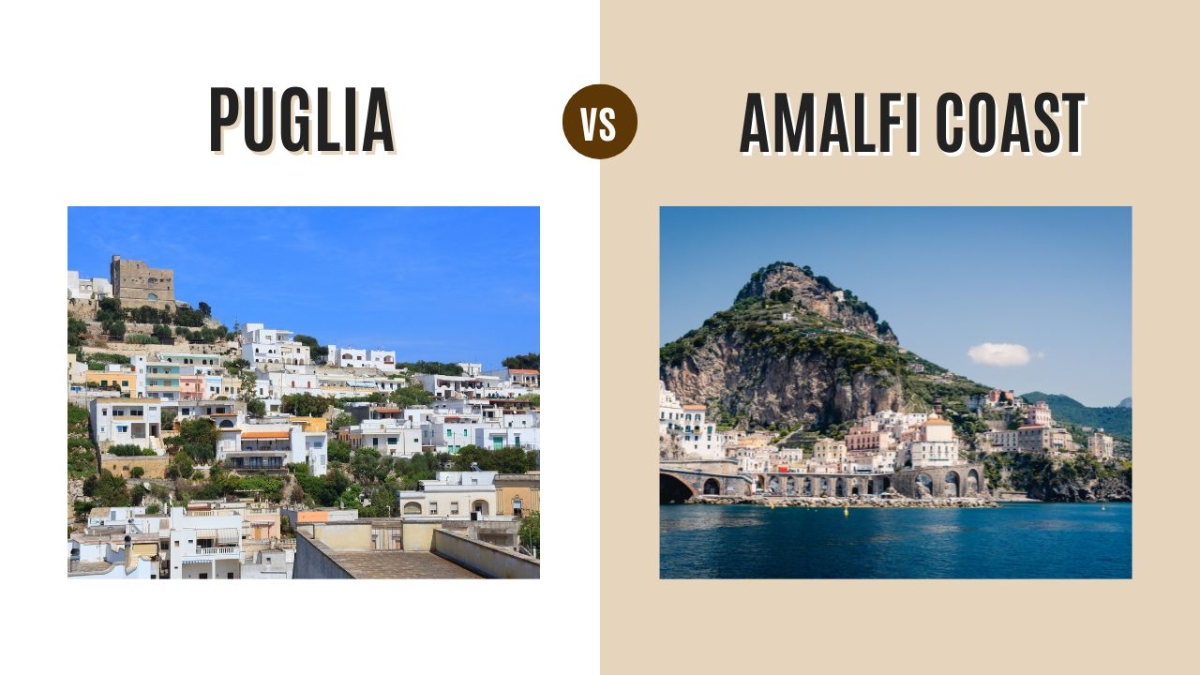
0 Comment